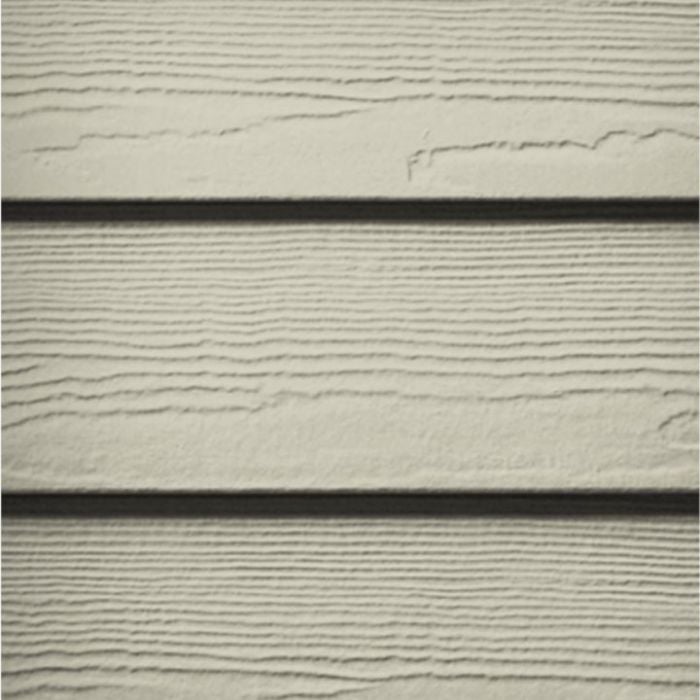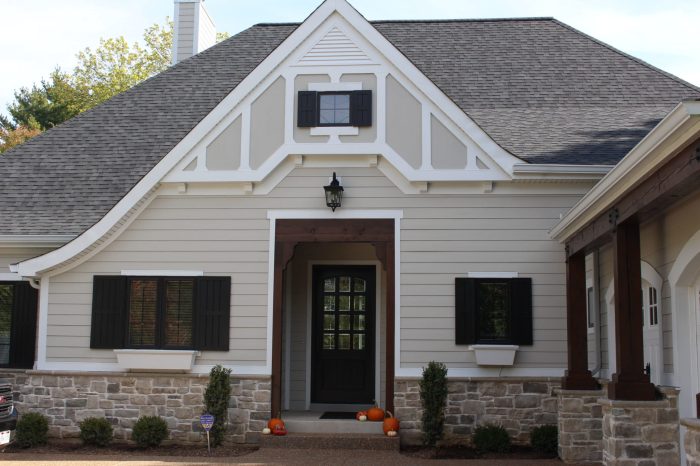Embark on a journey through the world of hardie cobblestone, a versatile material that adds charm and character to any construction project. Let’s delve into its composition, uses, and installation process to uncover the wonders of this unique building material.
Introduction to Hardie Cobblestone
Hardie Cobblestone is a type of construction material made from a blend of cement, sand, and cellulose fibers. This mixture is molded and cured to create durable and long-lasting cobblestone-like blocks.
Appearance and Texture
Hardie Cobblestone typically has a rough texture and a rugged appearance, similar to traditional cobblestones. The surface may be irregular with varying shapes and sizes, giving it a natural and authentic look.
Common Uses
- Driveways and walkways: Hardie Cobblestone is often used to pave driveways and walkways due to its durability and aesthetic appeal.
- Patios and outdoor living spaces: It is also commonly used in creating outdoor patios and living spaces, adding a rustic charm to the area.
- Landscape edging: Hardie Cobblestone can be utilized as a border for gardens, flower beds, or other landscaping features, enhancing the overall look of the outdoor space.
Advantages of Hardie Cobblestone
Hardie Cobblestone offers numerous advantages over traditional cobblestone, making it a popular choice for outdoor paving projects.
Durability and Longevity
- Hardie Cobblestone is known for its exceptional durability, able to withstand heavy foot traffic and harsh weather conditions without deteriorating.
- With proper installation and maintenance, Hardie Cobblestone can last for decades, providing a long-lasting solution for outdoor areas.
Weather-Resistant Properties
- Hardie Cobblestone is resistant to fading, warping, and cracking when exposed to UV rays, rain, snow, and extreme temperatures.
- Its weather-resistant properties make it an ideal choice for outdoor spaces that are constantly exposed to the elements.
Maintenance Comparison to Traditional Cobblestone
- Unlike traditional cobblestone that may require regular sealing and replacement of damaged stones, Hardie Cobblestone is low-maintenance.
- Hardie Cobblestone does not need to be sealed and can be easily cleaned with water and mild detergent, reducing the time and cost of maintenance.
Installation Process
When it comes to installing Hardie Cobblestone, it is essential to follow a step-by-step guide to ensure a successful and long-lasting outcome. Here, we will discuss the tools, materials, and special considerations for the installation process.
Step-by-Step Guide
- Prepare the surface: Ensure the area where the cobblestones will be installed is clean, leveled, and free of debris.
- Layout planning: Plan the layout of the cobblestones to achieve the desired pattern and design.
- Cut and trim: Use appropriate tools to cut and trim the cobblestones as needed to fit the layout.
- Apply adhesive: Apply a suitable adhesive to the back of each cobblestone before placing it on the surface.
- Set the cobblestones: Carefully place each cobblestone on the surface according to the planned layout.
- Fill the joints: Fill the joints between cobblestones with sand or grout to secure them in place.
- Finish and seal: Once all cobblestones are set, finish the surface as desired and apply a sealant for protection.
Tools and Materials Required
For the installation of Hardie Cobblestone, you will need the following tools and materials:
- Masonry saw or wet tile saw for cutting
- Adhesive suitable for outdoor use
- Trowel for applying adhesive
- Rubber mallet for setting cobblestones
- Sand or grout for filling joints
- Sealant for finishing and protection
Special Considerations and Tips
It is important to work carefully and methodically during the installation process to ensure a professional and durable result.
- Take time to plan the layout and design before starting the installation.
- Use proper safety gear, such as gloves and goggles, when handling tools and materials.
- Allow for proper curing time for the adhesive and sealant as per manufacturer’s instructions.
- Regular maintenance, such as cleaning and resealing, will help prolong the lifespan of the cobblestone surface.
Design Ideas with Hardie Cobblestone

When it comes to landscaping, Hardie Cobblestone offers a versatile and durable option that can enhance the overall look of any outdoor space. Here are some creative ways to incorporate Hardie Cobblestone in your landscaping projects:
Patterns and Layouts
- Create a classic herringbone pattern for a timeless and elegant look.
- Experiment with a random or irregular layout for a more natural and organic feel.
- Combine different sizes and colors of Hardie Cobblestone to add visual interest and depth to your design.
Project Examples
- Use Hardie Cobblestone to create a charming pathway leading to your front door, adding curb appeal to your home.
- Design a cozy outdoor patio or seating area using Hardie Cobblestone as the flooring material, perfect for entertaining guests or enjoying a quiet moment outdoors.
- Construct a decorative border or edging around your garden beds or landscaping features to define spaces and add a polished finish to your yard.
Epilogue

In conclusion, hardie cobblestone stands out for its durability, weather resistance, and endless design possibilities. With its ability to enhance landscaping and bring a touch of elegance to any space, hardie cobblestone is truly a remarkable choice for your next project.
Essential Questionnaire
What is Hardie Cobblestone made of?
Hardie Cobblestone is typically made of a composite material consisting of cement, sand, and cellulose fibers.
How does Hardie Cobblestone compare to traditional cobblestone in terms of maintenance?
Hardie Cobblestone requires minimal maintenance compared to traditional cobblestone, as it is more resistant to weather and wear.
What are the common uses of Hardie Cobblestone in construction?
Hardie Cobblestone is commonly used for pathways, driveways, patios, and even accent walls in construction projects.

